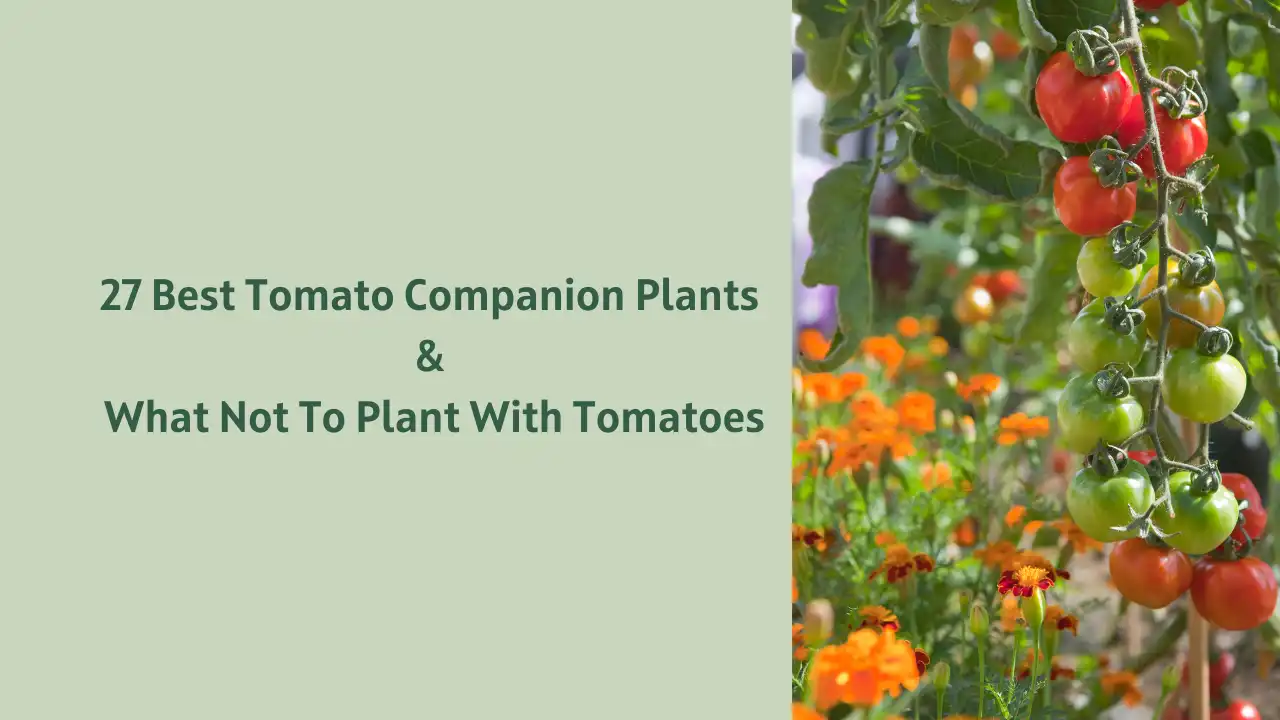Are you planning to companion your tomato with other plants?
Well! Tomatoes can be efficiently paired and planted with plenty of different plants in your garden.
Tomatoes are a taste enhancer for any dish. Any of the varieties of tomatoes are delicious fruit grown in the summer. Tomatoes are more prone to pests and diseases, which can badly impact the yield and even kill the plants.
If you want to opt for an organic way to prevent the risk of pests and disease in your tomato plants, then you should pair your tomato plants with other plants which can protect your tomato plant growth from bugs and different species of pathogens with some more advantages.
Companion planting makes your tomato plants more resistant to pests and diseases, maximizes the yield, maintains proper growth of the plants, and attracts pollinating agents into your garden.
In this article, I have discussed 27 tomato companion plants that can benefit your plant’s health and yield.
What is Companion Planting?
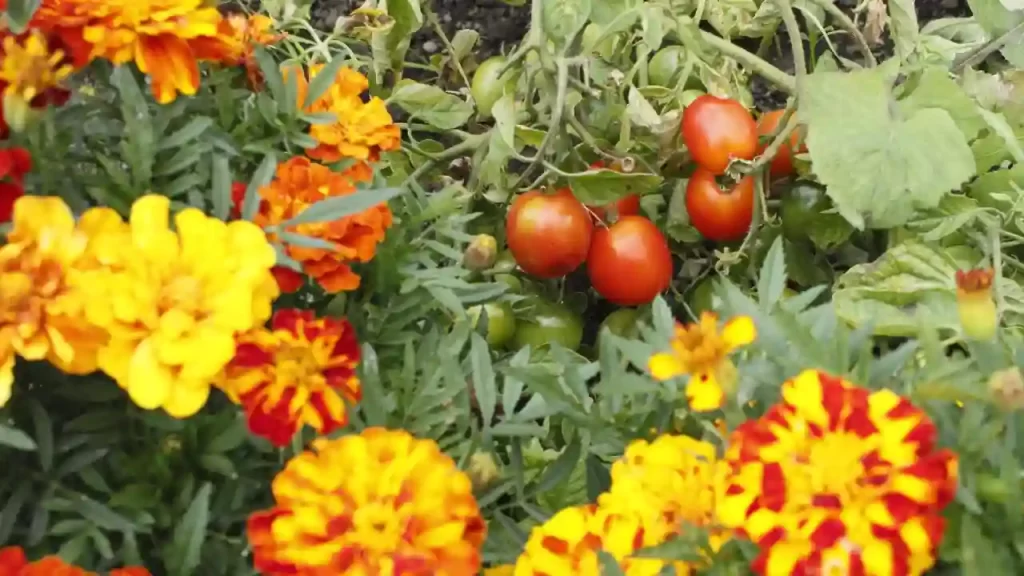
Companion planting helps to keep the plants away from disease and pests and speeds up the growing process. It acts as a natural agent to keep your garden away from various diseases.
For example, if basils are grown near tomatoes, their growth speeds up, and fruit is set early on the plants.
Functions of Companion planting:
- Pests are kept away due to the fragrance of the plants.
- Attracting beneficial insects (natural pollinators) making the soil nutritious.
- Weed pressure is reduced by covering the soil.
- Add diversity and enhance the beauty of your garden. Root-feeding nematodes are also reduced.
How Does Companion Planting Work?
It has been proven scientifically that companion planting with tomatoes reduces pests.
Let’s check a few great companion plants, that you can pair with tomatoes.
French Marigolds: It releases limonene which helps to protect your tomato plants from whiteflies.
Basil, peppermint & Hyssop: The growth of tomato plants is enhanced when planted with Basil, Peppermint, and Hyssop and produces secondary metabolites.
White Mustards: The effect of root-feeding nematodes can be reduced when white mustard is planted.
Onions: You can prevent Soil Borne Diseases such as Verticillium Wilt if onions are planted near Tomatoes.
Some of the companion plants are not researched, but when other plants are planted together with tomatoes, they really benefit, and speedy growth with high yield has been noticed.
How Companion Planting Helps Tomatoes?
If you do not want to use chemical fertilizers and yet grow your tomatoes healthy with a high yield, then companion planting is one of the best options. Nature has its own capacity to maintain a good balance to help each other.
You can grow companion plants to increase the symbiotic connections in your garden.
Companion planting is an effective way to naturally reduce pest pressure and reliance on pesticides, with a few of its primary methods being:
- Release of aromatic compounds which can repel pests.
- It confuses pests so that they can’t find the hosts.
- Invite helpful predators to feast on pesky intruders.
27 Companion Plants for Tomatoes
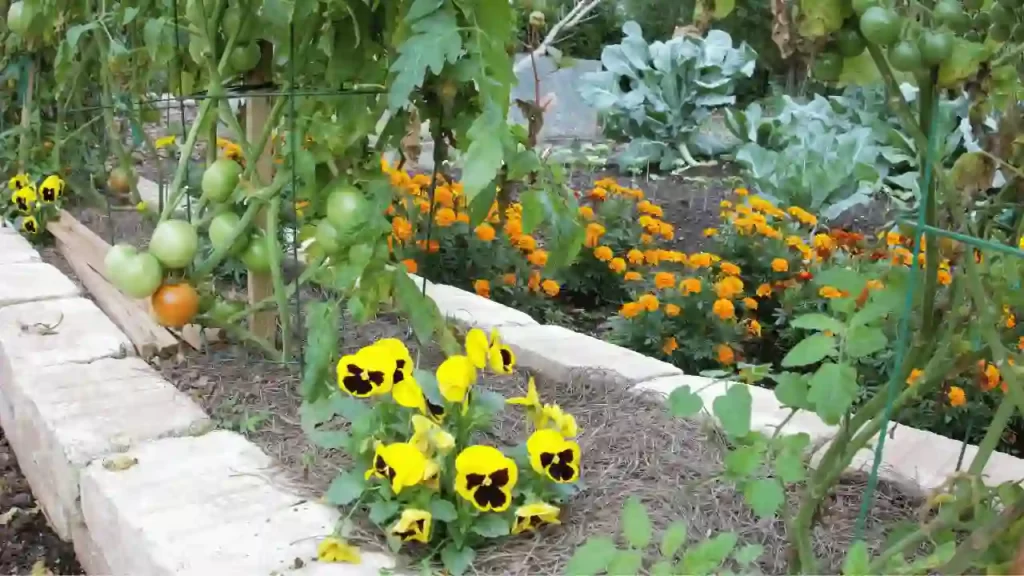
Tomatoes can be made more flavorful and delicious, and their production can also be increased if planted with companion plants like herbs, flowers, and vegetables.
Additionally, companionship can also increase the resistance to pests.
If you’re nurturing your garden with a tomato cage, trellis system, or greenhouse, you can easily place these allies at the edge of beds and rows. These species have some special qualities that enhance the overall development and benefit the plants.
Herb Companions
Many herb plants fit best with tomatoes, and it not only keeps away pests and insects but also adds extra beneficial nutrients to the plants, resulting in the disease-free and rapid growth of the tomato plants.
I have discussed some of the best companion herbs below.
Basil
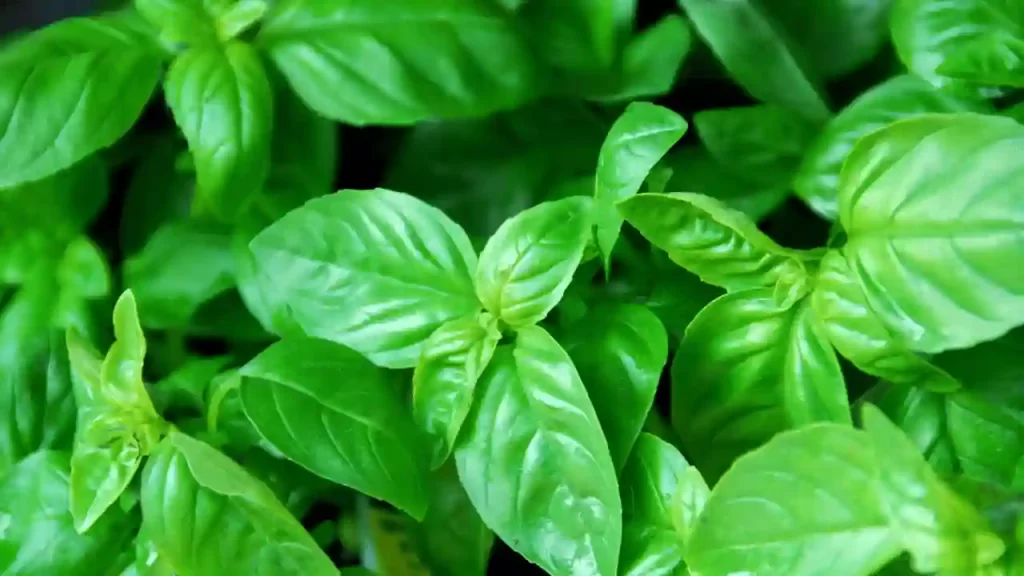
It has been researched and proved that when tomatoes are planted with basils, they act as insect and fly repellent and enhance the flavor of tomatoes because of their mild aromatic fragrance. It is very easily economical to grow and maintain. Additionally, it also reduces the number of hornworms.
But it has the main concern of airflow when grown beside tomatoes. It grows bushy and tall and can easily block the air, which increases various diseases. So you should plant basil at least at a distance of 8-12″ from the tomato base so that your plants get enough space to thrive.
Pruning of basil also helps to reduce overcrowding in your tomatoes. At the time of harvest, keep pinching the top leaflets which leads to bushy but not tall and bolting basil plants.
Scallions
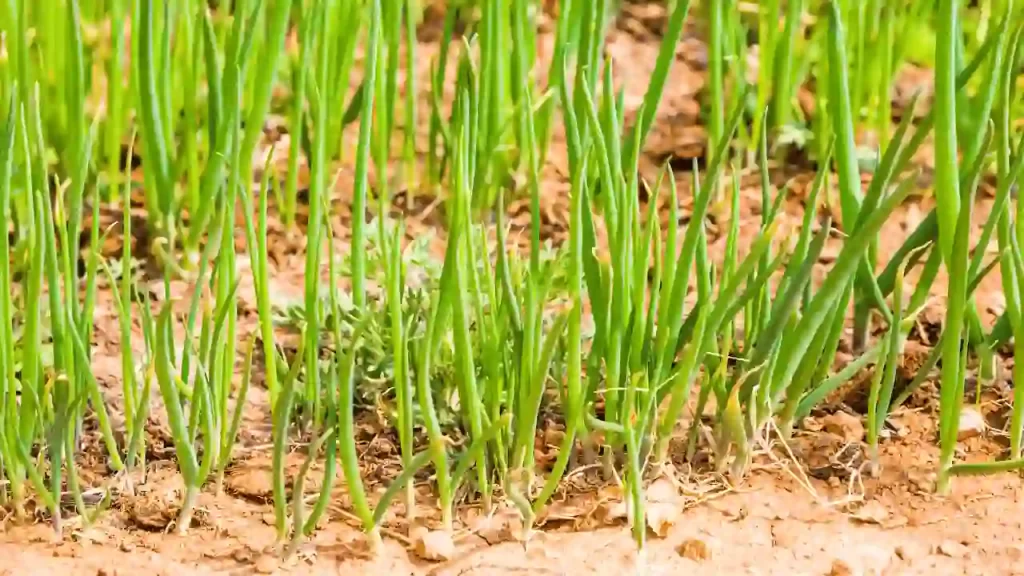
Scallions, commonly known as “Green Onions,” have little mild onion flavor. It takes very less space to grow and thrives in the aisles of tomato plants.
They mature in a very short time and can also thrive in the shade. Like other tomato plants, it is also planted in summer and belongs to the allium and onion family.
Due to its repellent fragrance, it can also keep away flies, moths, and pests. Tomato hornworm larvae are laid on host plants by Five spotted hawk moths, and they are repelled due to the aroma of the Scallions.
Parsley
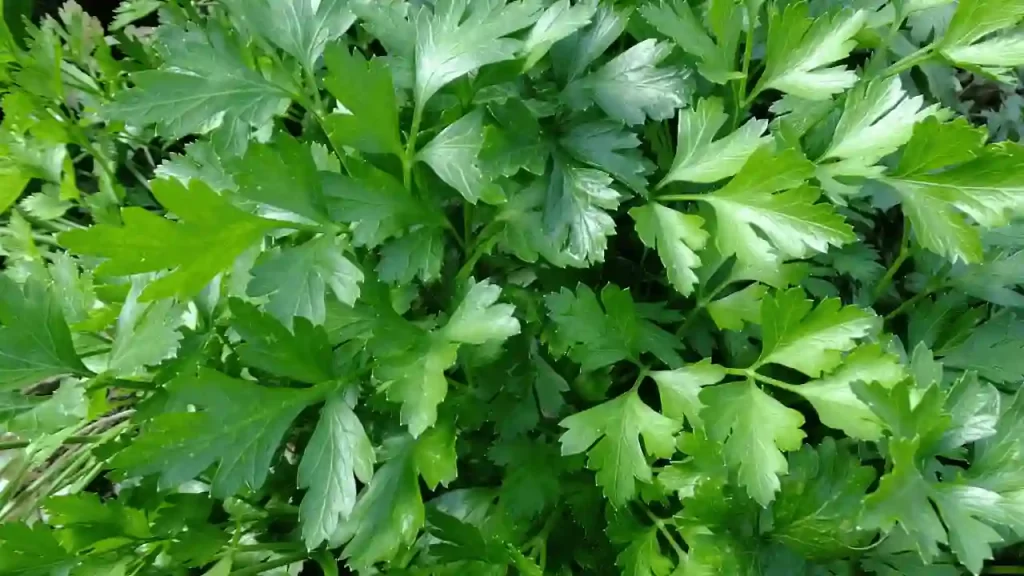
Parsley is also one of the best aromatic herbs that go best as a companion plant with tomatoes. Parsley welcomes swallowtail butterflies which are efficient pollinators for tomato plants. They lay their eggs on the leaves of Parsley and increase in number.
The blossoms of Parsley also invite hoverflies which restricts the entry of thrips and aphids. Parsley also acts as a beetle repellent.
It covers the whole ground which helps to hold the moisture in the soil and prevents weeds’ entry. It grows only up to 9-18 inches in height and requires very less cost for its maintenance.
It thrives in the shade of tomatoes during extreme heat in summer.
Garlic
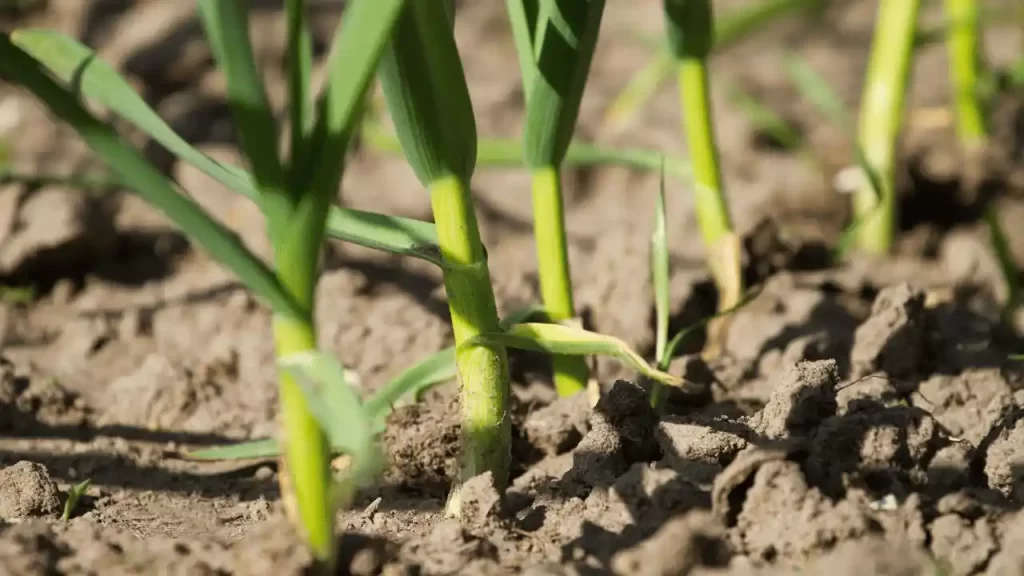
The growing schedule of garlic is almost the opposite of most plants. Fall is the season when it is planted and harvested in the middle of summer. But it is the best companion for your young tomato-growing plants.
Garlic acts as a natural deterrent to garden pests due to the presence of sulfur content in it. You can use this in your homemade garden spray and it would repel all the flies and insects. Aphids, caterpillars, cutworms, slugs, beetles, mosquitoes, flies, and mites are kept away due to the strong smell of garlic.
As per the research, vapors and oil released due to garlic is toxic for insects and pests but not for humans, animals, and beneficial insects and pests. It is because of a compound in garlic juice called Garlic Leaf Agglutinin.
Due to this, the plant is rarely attacked by any pests and its magical oil benefits the tomato plants too. Thus it is safe to use as a tomato companion plant.
You can leave some space for tomato plantation while cultivating garlic in the fall season, or you can plant garlic bulbs with tomatoes, and you would be able to harvest “Green Garlic.”
Cilantro
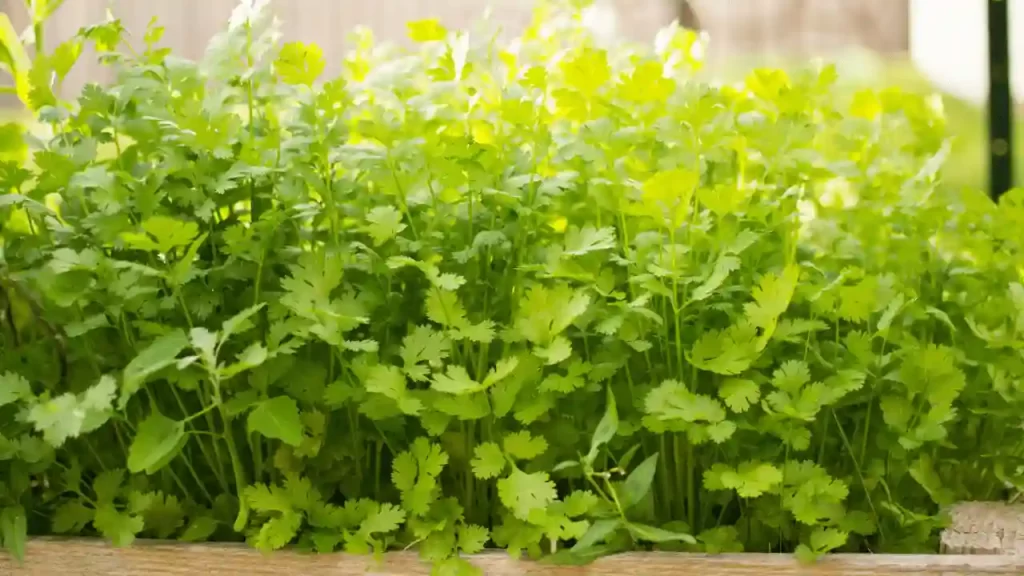
Cilantro, an aromatic herb and one of the most important ingredients of Salsa, is grown in cold weather crops. Tomatoes shade it during summers in hot weather conditions.
Cilantro attracts hoverflies, parasitic wasps, and other advantageous insects when planted with tomatoes. The nectar of Cilantro flowers attracts bees, one of the best pollinating agents for tomatoes. Thus it helps to increase the yield. Faded cilantro flowers can be harvested, and their seeds can be used as corianders.
It is best known for enhancing the flavor of tomatoes and repels pests like mites and beetles.
Mint
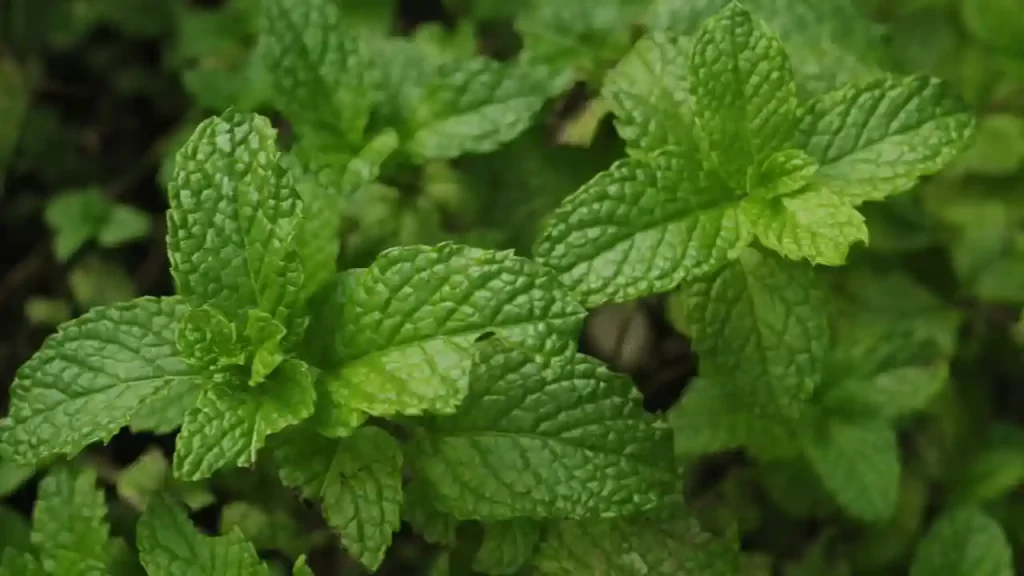
Tomatoes can best fit with strong fragrance herbs, and Mint is a strong fragrance herb that has been used since the old days to get rid of cockroaches, ants, and flies.
It belongs to the Labiatae Family of herbs spread on the ground, which holds the moisture in the soil and prevents your crop from weeds. It ensures to improve the health of the tomato plants when planted around tomatoes.
But some of the varieties of mints are not best suited to be planted with tomatoes. It can easily spread in the vines and overtake the space of your tomatoes when it gets favorable growing conditions.
You can either plant these mints as a ground cover. But it is best to be planted in pots and keep those pots near your tomato plants. Thus it won’t let the mints hijack your tomato bed.
Mint has a Dolichodial compound in its leaves, mainly responsible for acting against pests. When you crush the leaves with your hands, it releases pest repellent.
So it is very important to regularly touch and harvest the mint to maximize the benefits of your tomato plants.
Sage
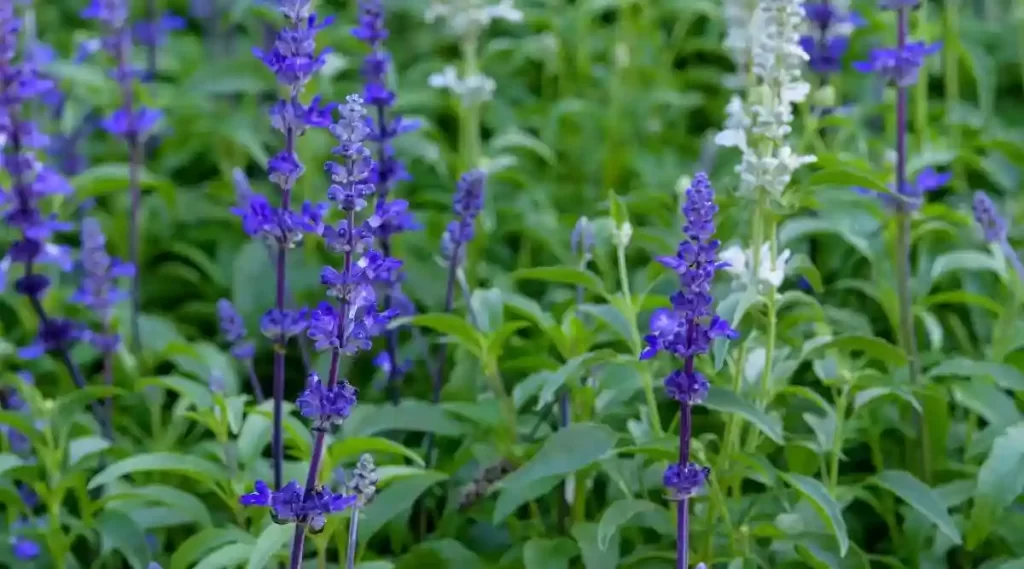
Garden sage is an extremely beautiful and aromatic herb. It can be easily planted near tomatoes until shaded by them. Its blossoms attract the pollinating agents for tomatoes.
Parasitic wasps are welcomed in the garden due to Sage which keeps tomato hornworms at bay.
You can check out this video to see how nature controls caterpillars without chemical pesticides.
Oregano
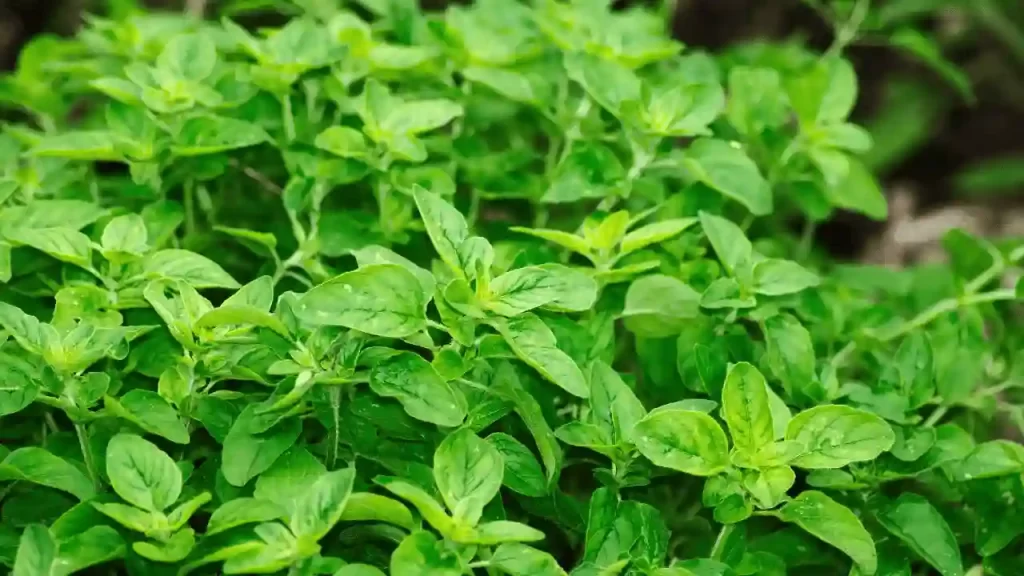
Oregano is an Italian herb that has various medicinal properties. It attracts lacewings as they love to eat Oreganos. The lacewings’ larvae protect tomato plants from whiteflies, aphids, and cutworms.
The bees and many other pollinators love the nectar of oregano flowers. It is spread on the ground and acts as mulch or ground cover, reducing weeds beside the tomato plants.
Flower Companions
Tomatoes can be effectively companioned with flowers too. Flowers help your garden look beautiful, and their aroma makes it smell good.
Flowers’ smell keeps harmful pests away from your garden and improves soil quality. I have listed a few flowers below that can be paired with tomatoes to get maximum benefit.
Borage

Borage is a brilliant, attractive, star-shaped blue flower that helps keep tomato hornworms away from your garden plants.
When paired with tomatoes, Borages act as a repellent and control tomato hornworms and pests and attract pollinators and bees. It also boosts the flavor of the tomatoes when planted side by side and makes them more delicious.
The best part of planting borage is, it keeps on flowering for a longer period of time. Minding the adequate spacing between the tomatoes and borage as it grows larger is very important.
Marigolds

Marigolds are golden yellow blossoms that not only enhance the beauty of your garden but are also researched as a great companion plant for your tomato. It can reduce the risk of many tomato fungal diseases, hornworms, whiteflies, spider mites and root-knot nematodes.
As per the National Library of Medicine, planting marigolds next to tomatoes could be used in larger-scale tomato production, protecting the crop and helping to introduce greater plant diversity into these agroecosystems.
It is also researched that planting marigolds near tomatoes can:
- Maximize the production of fruits and increase up to 50 percent.
- Controls root-knot nematodes
- Early tomato blight is controlled and leaf damage is reduced.
Planting marigolds next to tomatoes enhances the color of the fruits. It is also used to prepare natural homemade sprays.
Nasturtiums
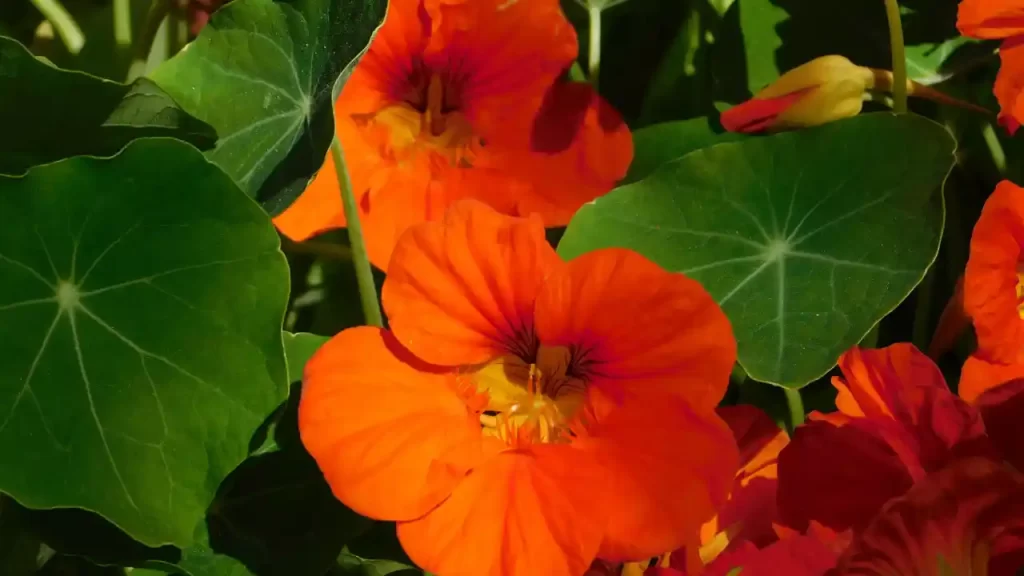
You may not think of planting Nasturtiums in your vegetable garden but it is very helpful, simple to grow, and can be planted in almost any soil. It is an edible flower that acts as a “trap crop” for tomato pests.
You can plant them closer to tomatoes to trap the tomato pests and eat Nasturtiums flower instead of your precious tomato fruits. Additionally, it attracts predators like hoverflies.
Keep enough space between your tomatoes and Nasturtiums to avoid overcrowding as they grow bushy on the vines.
Calendula
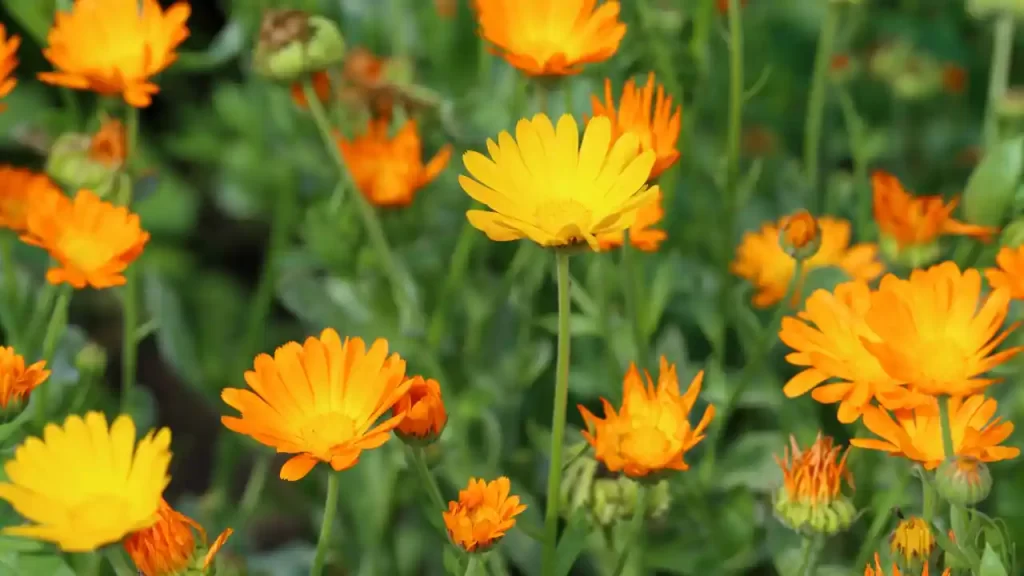
Calendula is also known as Pot Marigolds but they are nowhere related to marigolds. They can be companioned well with tomato plants and provide protection to tomatoes in your garden.
It never allows the hornworms, along with other pests like whiteflies, thrips, beetles, and nematodes, to enter the garden.
It has various medicinal properties and is an edible flower. The fragrance and stickiness of the flowers welcome favorable insects and pollinators.
Cosmos

Tomato-friendly flower Cosmos can be easily grown and blooms abundantly in the growing season. Bees, predators, and many tomato-beneficial insects love the cosmos, are attracted to it, and control pests. This results in an increase in tomato fruits.
The Orange flower variety of Cosmos attracts Green Lacewings, a predator for aphids, thrips, and scales. But you need to maintain plenty of space while planting both plants together as the cosmos grows up to a height of 6 feet and a width of 103 feet.
It is recommended to plant cosmos on the tomato bed margin and avoid planting inside.
Sweet Alyssum

Another Favorite companion plant for tomatoes is Sweet Alyssum. It blossoms white or purple, four-petaled flowers in all seasons.
Along with benefiting tomatoes, it also beautifies your garden. Syrphid flies and parasitic wasps love to eat its white blooms, which is an enemy of aphids and other tomato pests.
It won’t trouble you for spacing as it grows 3-9 inches tall. So you can easily plant it in the rows or at the end of the rows.
It would never compete for nutrients or water with your tomato plants, and you can expect this plant to act as a pest controller.
It acts as a natural ground cover which helps maintain the soil’s moisture and control weeds.
Yarrow
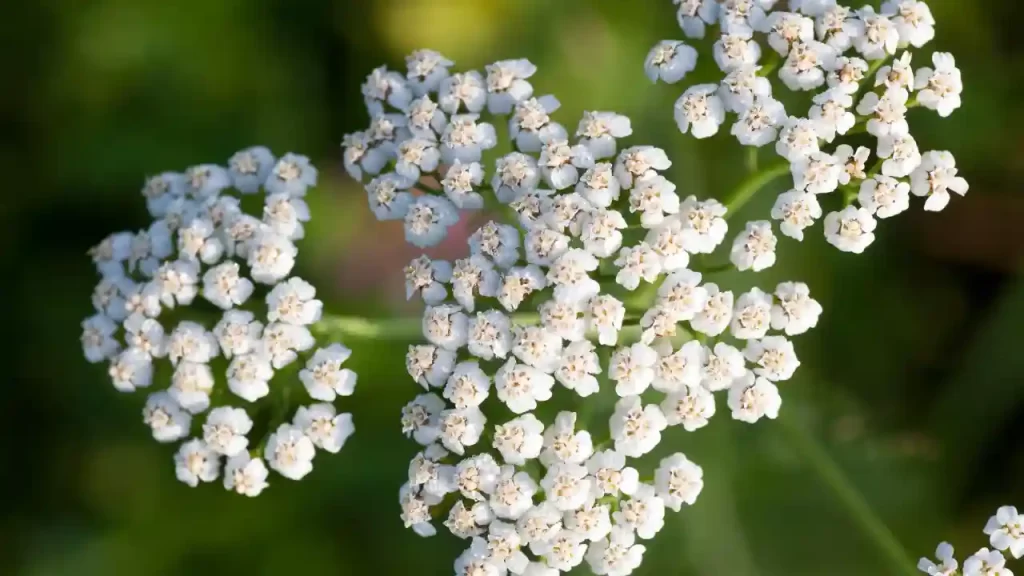
Yarrow is scientifically proven to be one of the best friends of tomato plants. It is an herbaceous, perennial flowering herb, meaning its leaves die in winter and regrows every spring.
It easily attracts ladybugs, syrphid flies, braconid wasps, ground beetles, damselflies, enemies of tomato aphids, flea beetles, and hornworms caterpillars.
It blossoms from white and yellow to orange, pink, and dark red and has many medicinal properties. The nectar of the flowers attracts pollinating agents like bees, resulting in a high yield of tomatoes. You can plant it at the row end or the tomato garden margins.
Wildflower Blends

Planting wildflower Blends not only benefits your tomato plants, but its flower beautifies the look of your garden too.
Lightly toss the seeds of wildflower blends and rake in the soil in the tomato bed margin. Maintain plenty of space to spread the flower a little wildly without interrupting the space of the tomatoes.
As it is unknown how much wildflowers blends would spread, never directly plant them in the tomato beds.
Even if you plant them 10 feet away from tomatoes, it can easily attract beneficial insects and pollinators for your tomatoes and increase the yield.
Vegetables
After flowers, I have now discussed a list of vegetables that can be best paired with tomatoes and can be highly beneficial.
These vegetables work great with tomatoes as they are not heavy feeders and never compete for nutrition and water. They never attract tomato pests as they don’t belong to the nightshade family.
Squash
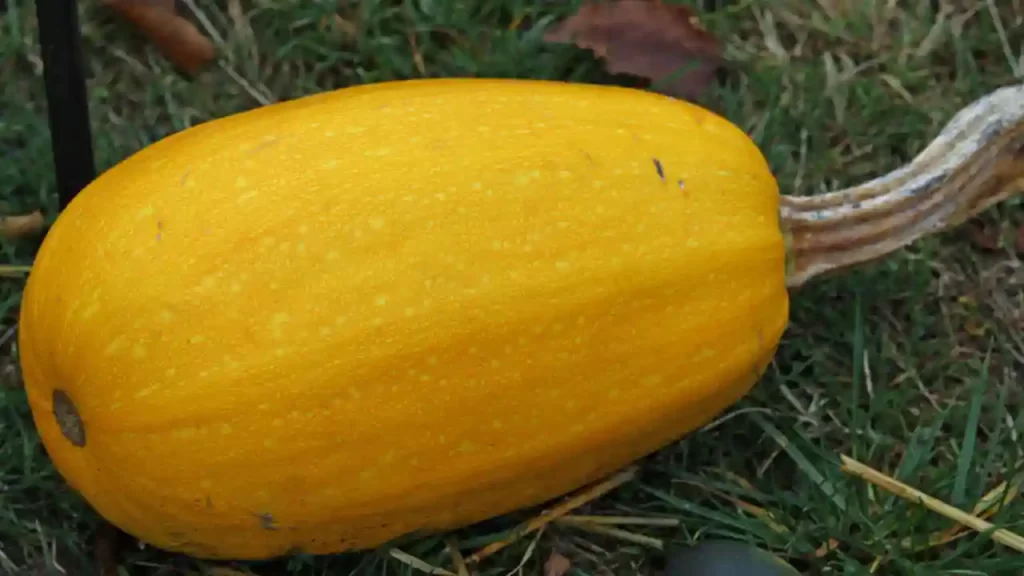
Three sisters- Squash, corn, and beans are squash types that act as weed suppressants and enhance the growth of food crops. The flat leaves and vining habit of winter squash abundantly benefit the tomato.
To grow properly, squash and tomatoes need the same rich, drained, moist soil. Both the crops are transplanted just after the end of frost and love to grow on hot and sunny summer days.
While growing vining tomatoes, plant squash to grow below, and tomatoes grow upward. Choose a bush variety of summer squash or zucchini when growing bush tomatoes. Ensure to maintain at least 24-36″ between both plants.
It is recommended to plant Tomato-Zucchini-Tomato-Zucchini in a zigzag pattern.
Keep watering the plant adequately for both the plants and prune the old lower leaves of tomatoes to maintain a good facility of airflow between the plants.
Carrots
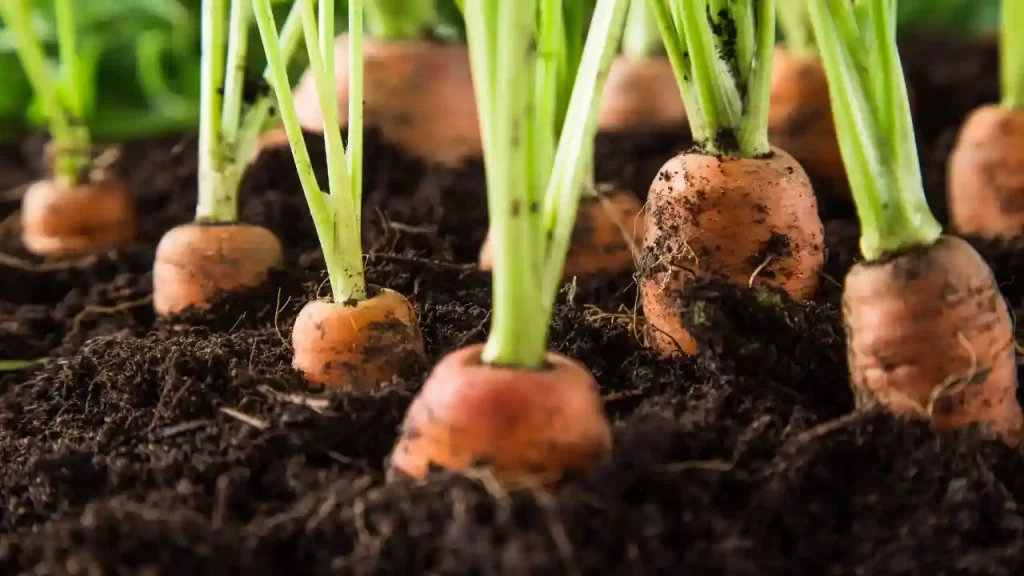
Carrots are planted as good companion plants with tomatoes from years ago. Even a Book named Carrots Love Tomatoes was also written in 1975. You can grow it even in less space.
It is an orange-colored root vegetable planted in rows of tomato plants. It never competes for water and nutrients with tomatoes. You can tuck carrots anywhere in a tomato bed and increase the yield.
It loosens up the soil to accelerate the root zone of tomatoes. The tomato leaves contain Solanine Alkaloids, which are repellent to carrot pests and flies.
Celery

Celery belongs to the Apiaceae Family and can be easily grown in the same bed of tomatoes. The little shade of tomatoes benefits the celery to growth.
It won’t work as a pest repellant, but celery benefits tomatoes due to its different growing habits and height.
Onion
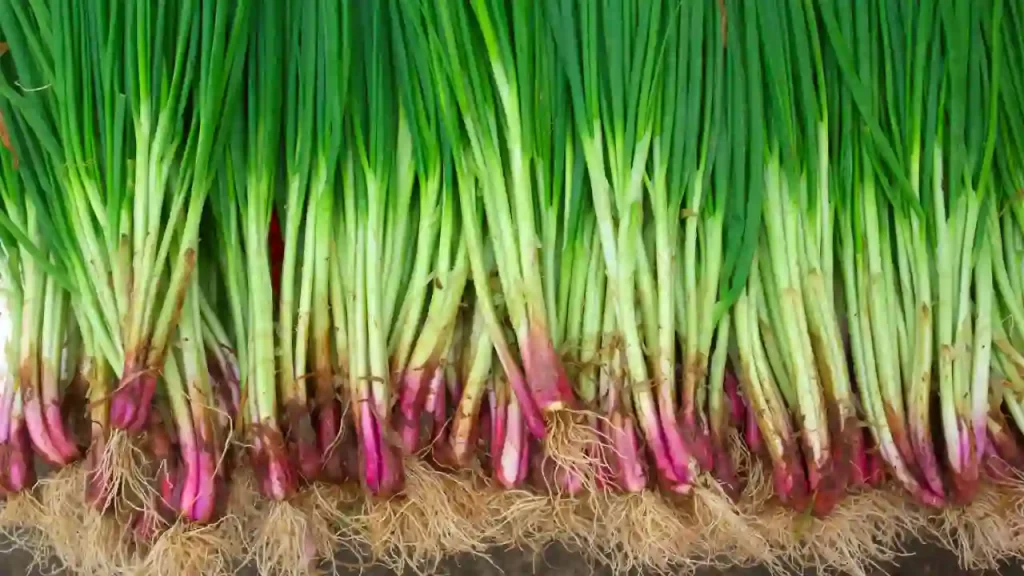
Onion is another good companion for tomato plants due to their strong Sulfarious smell. They do not compete with tomatoes for nutrients and soil. The presence of sulfur in onions repels flies, aphids, thrips, and beetles.
As per Frontiers, “Companion cropping with potato onion enhances the disease resistance of tomato.” Tomato pathogens are reduced due to the presence of onions in the vegetable garden.
It is better to plant onions in rows or circles around tomatoes. Maintain at least a 6-8″ distance between tomatoes and onions while planting them.
Lettuce

All the “salad” ingredients like Tomatoes, Lettuce, Onion, and Basil can be easily grown in one and the same garden and you can enjoy eating them together. Lettuce is also proven to be one of the best companion plants for tomatoes.
A partial shade of tomatoes is beneficial for lettuce to help them thrive. It benefits tomatoes by maintaining an accurate moisture level in the soil and weed control.
It is very economical to grow Lettuce and requires very few nutrients to thrive, supporting the tomato plant, a heavy feeder.
You can mix both head and baby Lettuce and plant them alongside tomatoes. But be sure to pinch or prune the lower leaves of tomatoes so they won’t harm lettuce.
Beans
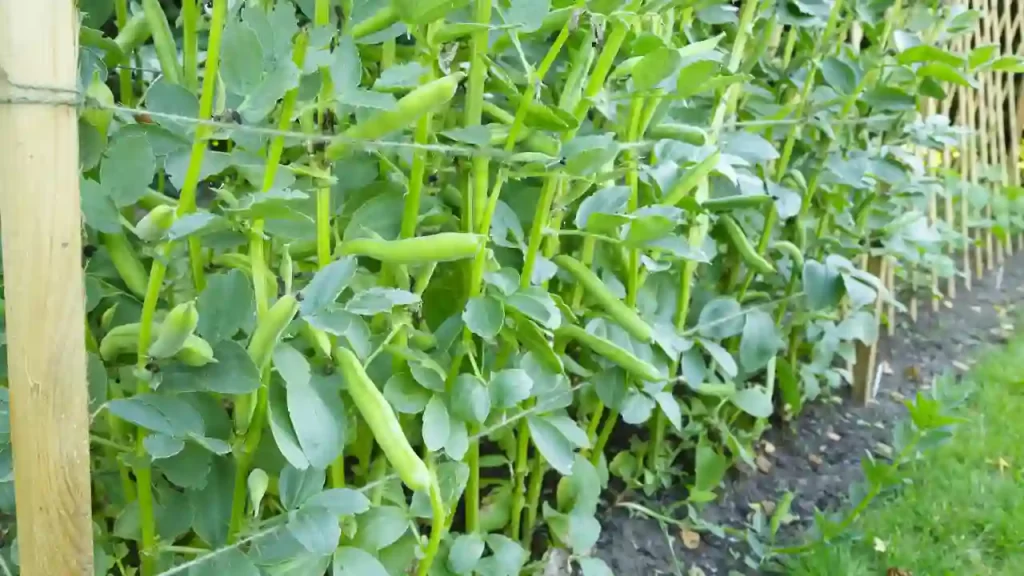
Tucking bush beans and pole beans, members of the Fabaceae and Legumes, alongside tomatoes benefit them due to their nitrogen-fixing capacity.
They produce Rhizobium Bacteria, which accumulate nitrogen from nature and synthesize it into plants. This releases more nitrogen in the root zones, which benefits tomatoes from using those nitrogens.
Beans support to grow and maximize the yield heavy feeding tomatoes properly. Bush beans can grow up to 12-18″ from the base of the garden bed of tomatoes.
Pole beans can also be grown in the same tomato bed.
Peas
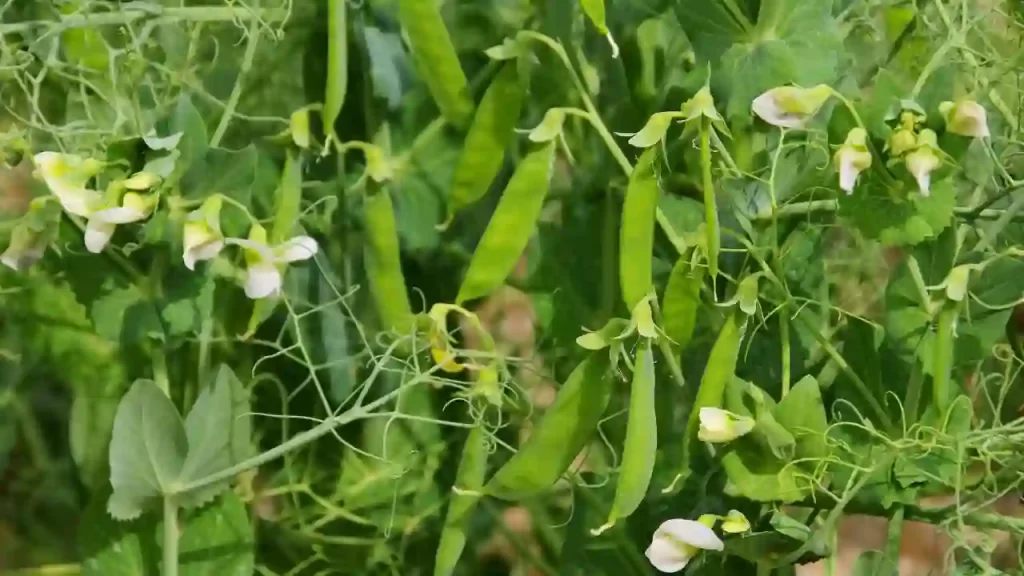
Peas also benefit the tomato plants by sharing their nitrogen like Beans. Thus the combination of peas with tomatoes is also great. Planting Sugar Snap Peas, Cowpeas, and snow peas in your garden is excellent!
Peas do not limit benefiting tomatoes only with nitrogen. As per Agronomi Journal “Root-Knot Nematode Resistant Cowpea Cover Crops in Tomato Production Systems.” As Per Cambridge Core, cowpeas reduce infection of leafhoppers along with many other pests.
Interplanting peas and tomatoes both benefits each other by increasing the yields. Just ensure to plant peas in the north that it never shades sun-loving tomatoes.
Radishes

A Brassicas family Plant, Radish, is one of the fastest growing crops, which produces yield before tomatoes fully develop. If both plants are at the same time, Radishes will start harvesting, whereas tomatoes will start to grow.
Radishes can be easily grown with heavy feeder tomatoes without harm as they won’t require much nutrition and space to grow.
Dandelion Greens
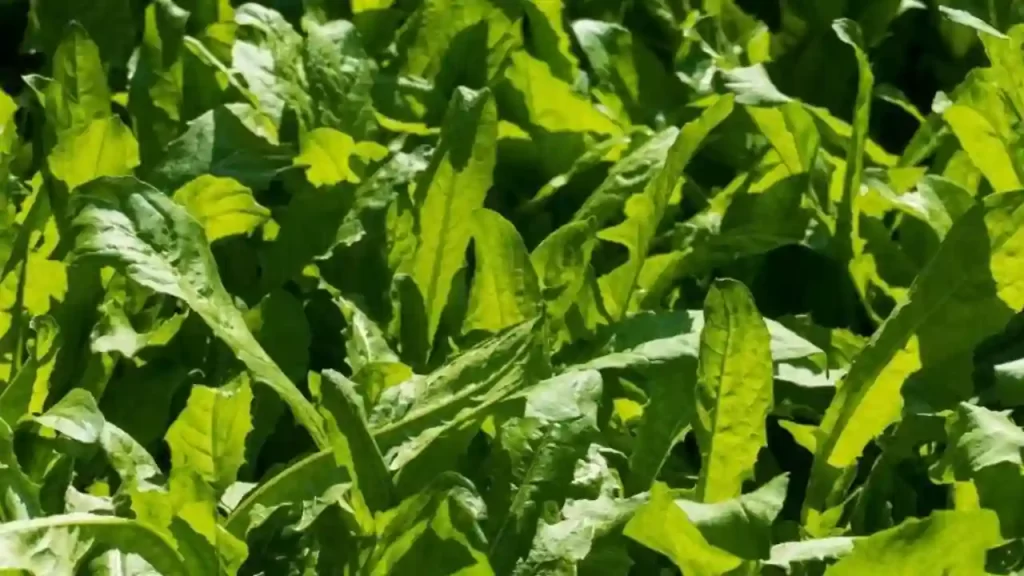
Dandelion greens contribute as a delicious ingredient for Spring and Summer Salads. Domesticated Dandelions, like tangy Red-Vined dandelions, are better than their wild counterparts. They are softer and less bitter.
As per the studies it can protect tomatoes from Fusarium Wilt Disease (attacks the root of young tomato plants) because of their allelopathic properties which release a compound in the soil to prevent tomato pathogens.
Harvest dandelion greens before flowering to avoid their spreading in the tomato beds.
Chickweed
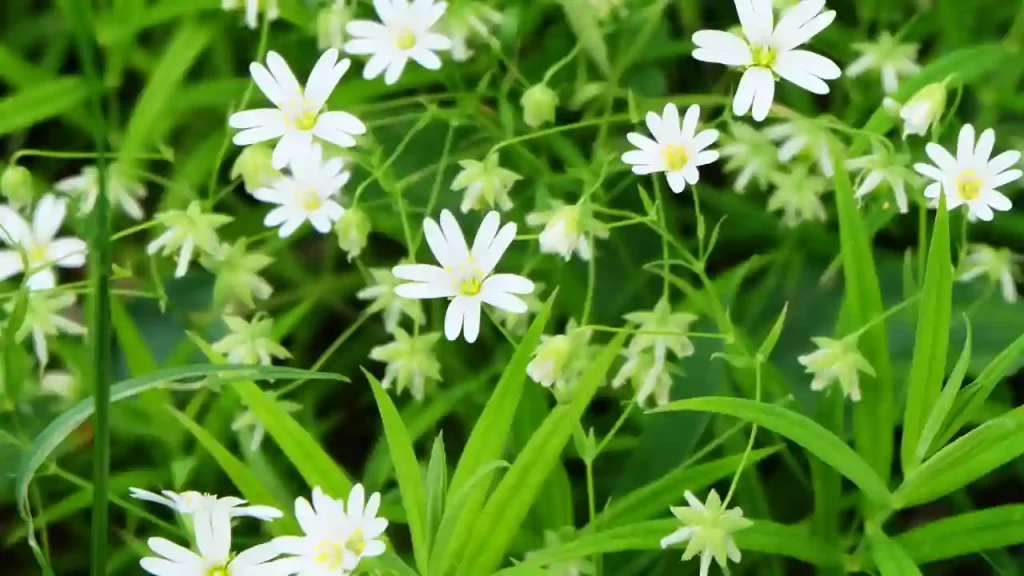
Chickweeds are full of nutrition and extra beneficial for tomatoes if planted together. They are called nutrition accumulators as it sucks potassium and phosphorus from the soil and shares it with your tomatoes.
The nectar of white blossoms of Chickweeds captivates early spring pollination agents, who love to pollinate your first tomato flowers.
Chickweeds are easy to grow and can be harvested anytime from your garden.
Chard
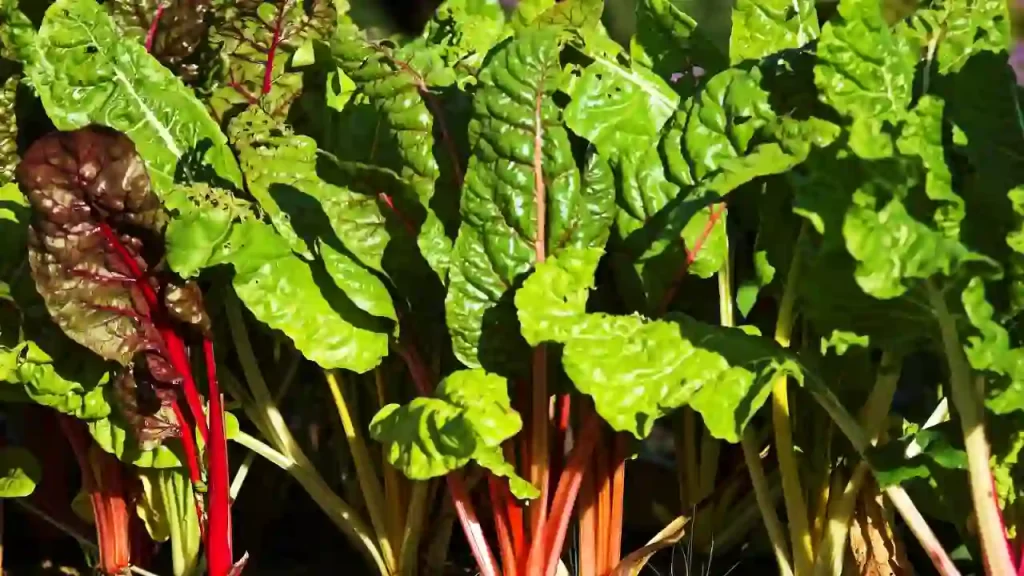
Finally, yet important, Chard’s beautiful plant can fit best as a companion plant with tomatoes. Chards can be grown in the same bed with tomatoes if adequate 8-12 inches of space is maintained.
Their rainbow leaves can be used as an ingredient in a tomato salad. Start tucking in Cilantro and Basil as your tomatoes grow too large or else it may lead to reducing your versatile chard.
How To Prevent Negative Crop Interactions?
Companion plants might risk your tomatoes if they compete for nutrition, water, and sunlight.
If the companion plants crowd large growing tomatoes, they would definitely compromise their growth and development despite benefiting.
Preventing Antagonised Crop reaction:
- You should maintain adequate spacing between the companion plants.
- Water adequately to reduce the risk of competition between the plants as companion planting requests more water.
- You should ensure enough exposure to sunlight for both plants.
- It is better to plant shade-tolerant and shallow-rooted plants beneath tomatoes.
- You should do time planting to avoid outgrowing both plants.
What are bad companion plants for tomatoes?
- Broccoli, cabbage, kohlrabi, brussel sprouts, and other brassicas. All these plants are heavy feeders like tomatoes. If planted together, they would compete for nutrients, and there are high chances of getting your crops destroyed.
- Cauliflowers. Cauliflowers are also heavy feeders of nutrients. Thus you should never companion it with tomatoes.
- Eggplant, peppers, potatoes, and other nightshades. Tomatoes belong to the nightshade family, and eggplants, peppers, and potatoes also belong to the nightshade family. All these crops are prone to the same type of pests and same diseases and can share the same fungus and disease with tomatoes.
- Fennel: fennel can never be companioned by any plants, and tomatoes are no exception.
- Walnut trees: walnut trees are rarely planted, but there is nothing harm in knowing about this. Juglone chemical is released from walnut trees which is responsible for walnut wilt and negatively impacts tomato growth and development and several other companion plants.
Summary
As discussed in this article, tomatoes can be planted and benefited with various herbs, flowers, and vegetables. It can be damn beneficial and fun to grow companion plants with tomatoes. It can make the tomatoes resistant to many diseases and pests and attracts pollinators, resulting in a high yield. Due to tomato companion planting, you can grow multiple crops in the same tomato beds.
